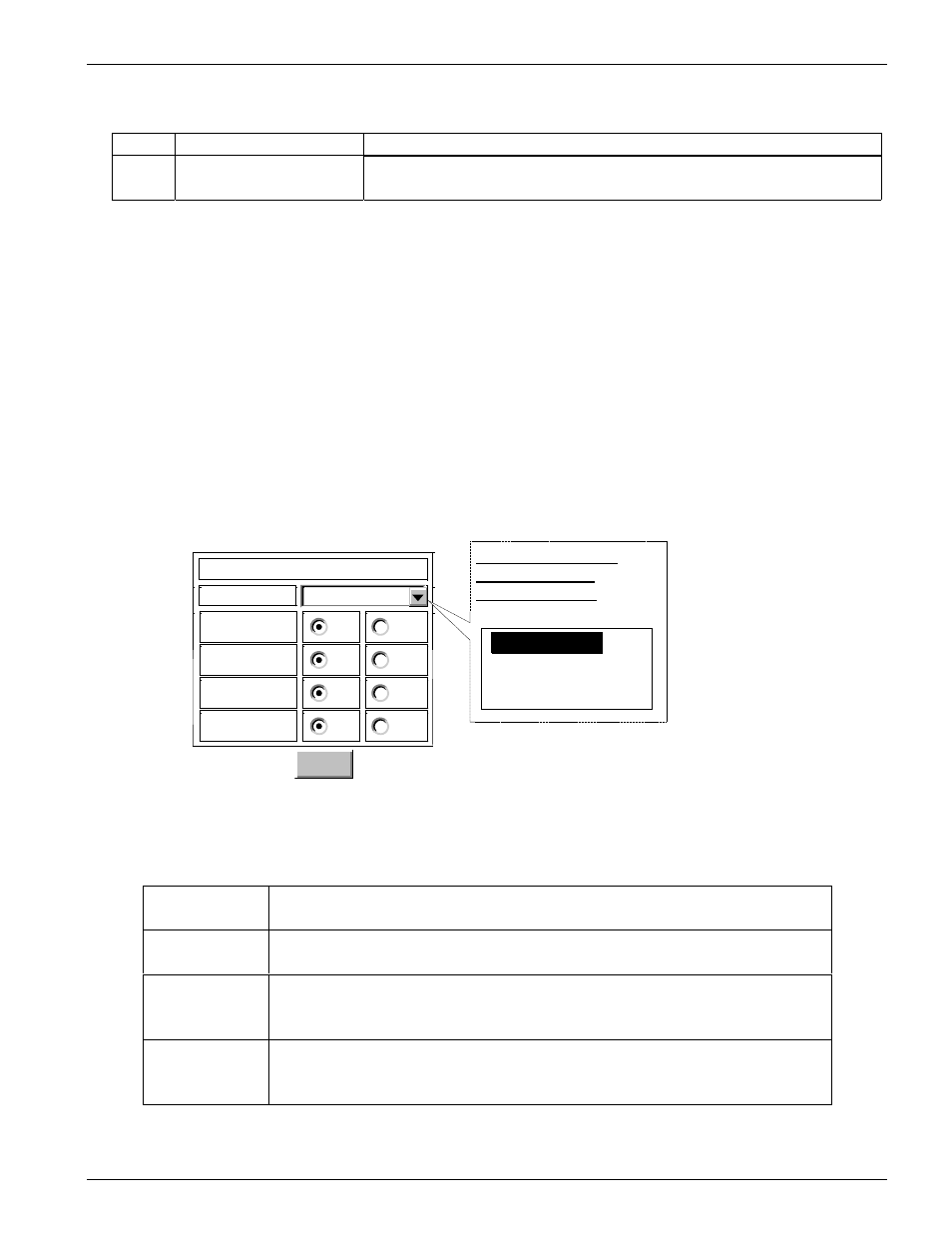Igure, Efining, Tdm vcc lmi – Verilink XEL XSP-100 SHARK IAP (9SA-USRS-9.0R1.02) Product Manual User Manual
Page 93: Protocol, Rame, Elay, Ncapsulation, Able, Shark™ iad, Manual paragraph and figure for a

Chapter 5: Graphical User Interface (GUI/WEB) Configuration Pages
SHARK™ IAD User's Guide
XEL P/N & Release: 9SA-USRS-9.0R1.02
Chapter 5-39
Table 12:
SHARK™ IAD manual paragraph and figure for a TDM HDLC configuration
Page
Paragraph
Figure
5-43
HDLC Channel Select
Page
Figure 39: TDM VCC HDLC enable page (HDLC Encapsulation)
TDM VCC enabling
and LMI selection
(Frame Relay
Encapsulation)
The first page accessed in configuring TDM frame relay is the TDM Channel
Setup for VCC enabling and LMI protocol selection page. Use this page to
define the LMI protocol for all VCCs. Table 13 describes the possible LMI
protocol options. Figure 35 displays 4 VCCs being enabled and the pull down
selections for the LMI protocol. Up to 4 VCCs can be enabled per channel.
•
Enable the VCC desired by clicking on its on button.
•
Select LMI protocol.
•
Press the save button.
Save
TDM Channel 1 Setup
Frame Relay virtual circuit configuration:
Select the Local Management Interface (LMI) signaling mechanism.
Channel 1 Setup
LMI Protocol
none
Click on the arrow to
select from these
additional options
none
ANSI T1.617 Annex D
consortium FRF 1.1
ITU Q.933 Annex A
none
VCC 4
on
off
VCC 1
on
off
VCC 3
on
off
VCC 2
on
off
Figure 35:
Defining TDM VCC LMI protocol (Frame Relay Encapsulation)
Table 13:
LMI Protocol Descriptions (Frame Relay Encapsulation)
Protocol
Type
Description
ANSI TI.617
Annex D
Selects Annex "D" protocol the American National Standards Institute
protocol which is the most widely used protocol type.
consortium
FRF 1.1
Selects protocol compliant with the FRF.1.1 (Also known as the Voice
over Frame Relay Implementation Agreement) standards set by the
Frame Relay Forum.
IT U Q.933
Annex A
Selects the International Telecommunications Union Q.933 Annex 'A'
protocol. An international protocol type. This protocol supports SVCs
and is based on the signaling standard for ISDN.
